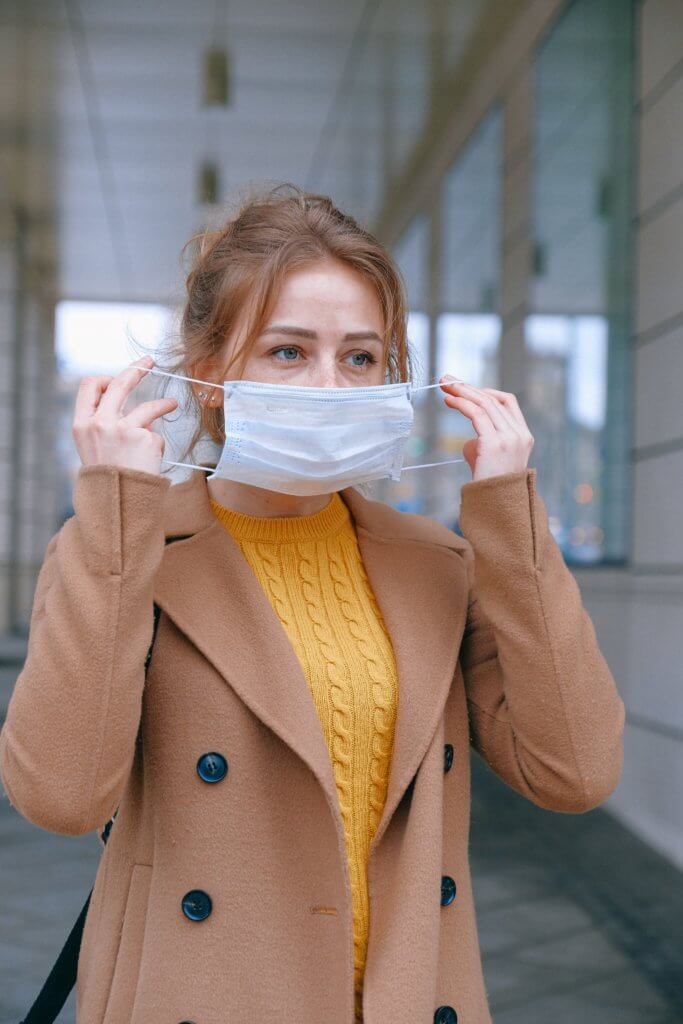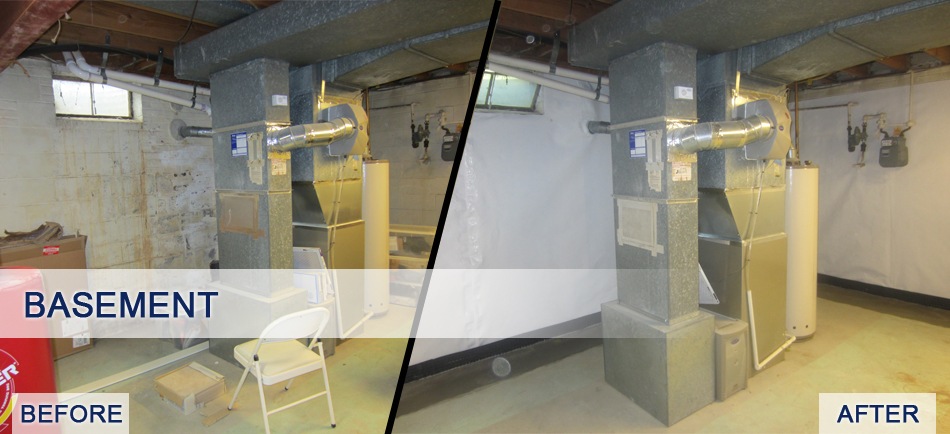- LIVE Response 8am-8pm | Saturdays 9am-5pm
- Get Financing - APPLY NOW!
- HQ: (571) 350-8292
- Maryland: (301) 841-6761
- NOrthern Virginia: (703) 721-7148
As a homeowner, you know you have to be vigilant for problems in your home that could compromise your safety. However, one of the biggest problems facing homes is one that families often ignore: mold. As the weather grows warmer, storms become more frequent, and the humidity levels rise, it’s important to be on the lookout for mold spores.
Mold can be found growing in many different parts of the home, whether it’s in your humidifiers, window sealants, shower, bathtub, wooden surfaces, behind wallpaper, carpets, HVAC systems, and kitchens. Anywhere that humidity and moisture may be present, there is likely mold growing somewhere nearby. As you probably know, mold can lead to a number of health issues and in some extreme cases, even death. If you or someone you know has a health condition, they’re likely more sensitive to mold. If you’ve noticed anyone in your family suffering from:
You could have a serious mold problem in your home. People with COPD are especially vulnerable in these situations and can develop serious infections when exposed to mold. Exposure over time can even cause a healthy person to develop asthma. Continue reading below to learn more about the specific types of mold you can find in your home and the dangers they pose to your family.
This mold is a toxigenic type that is often found in humidifiers, drain pans, and window sealants. This mold turns into a fine powdery substance that can be pink, grey, orange, or white. Since this is toxigenic, this means that exposure is very dangerous. You can develop problems in your immune system, bone marrow, brain function, and other organs.
This is a common form of mold found in homes and typically grows in showers, bathtubs, leaking sinks, and other wet places. This mold typically has a dark green or brown color and can cause asthma-like problems. It spreads quite quickly, so it’s important to address early.
This is another common form of mold in houses and can be found in a variety of colors. It can form rather thick layers in your home, so it’s important to take care of this mold early. Even though it is classified as an allergenic mold, it can quickly become toxic depending on where it grows and other environmental factors.
This is an allergenic mold found behind wallpaper or painted/wooden surfaces. You’ll be able to tell this mold apart from others by its pink, brown, or black color. This mold can cause infections in your eyes, skin, and nails, so it should never be touched directly and should be handled by a professional.
If you’ve ever experienced water damage in your home, you’ve likely seen this mold before. Chaetomium has a cotton-like texture and changes from white to grey to brown as it ages. This mold can cause skin and nail infections and can become extremely dangerous to those with compromised immune systems. You should check your roof, basement foundation, or leaky pipes to make sure this type of mold is not growing.
This mold is different from others because it can thrive in cold or hot temperatures. You will find it growing on fabrics, upholsteries, and carpets. This type of mold typically causes skin rashes, lung infections, and more.
This mold grows and spreads quickly in cold temperatures. This is a dangerous mold as it is allergenic and toxigenic, found in many homes with water damage. It is often pink, white, or red, and can cause skin infections, and allergic reactions. It can even cause bone infections and brain abscess.
This is one of the most common molds you have probably heard of, also known as “black mold.” This is a toxigenic type of mold that thrives in damp areas with high humidity. If you have wood, cardboard, paper, hay, or wicker, this mold is likely to grow as well. This mold is dangerous because it can cause difficulty breathing, sinusitis, fatigue, and depression. You can also suffer from nose bleeds, cough, headache, and fever. Children can experience neurological problems when exposed to black mold.
Now that you’ve learned about some of the most common molds, how are you going to know how to treat it? Well, once you’ve identified mold within your home, it’s important to remove everything that has mold growing on it to reduce the spread. If you can’t remove the items, they will need to be cleaned. This is where we come in. At Basement Masters Waterproofing, we have a proven mold remediation solution to ensure your home stays dry and mold-free. We will dry out your home, seal off the affected areas, ensure there is proper airflow without spreading the mold, and then use proven fungicide products. Your home is your sanctuary. We will help you keep it safe. Give us a call today to receive your free quote!
This post was originally published on 6/10/2017 and updated on 9/2/2021 for accuracy and a larger scope of information.

Take A Look For Yourself!
Visit our Before and After gallery for shots of completed projects.We are glad to help increase the quality of life in your home!